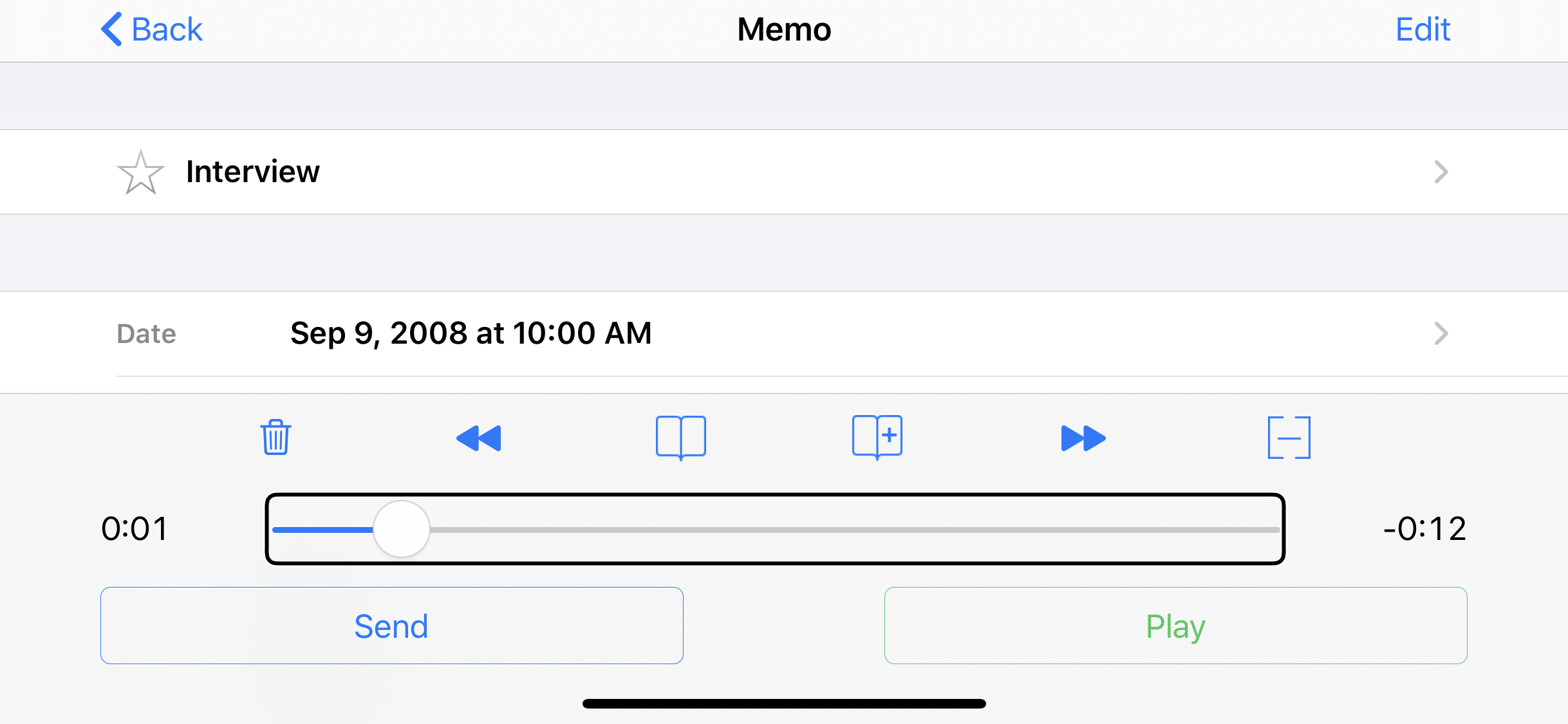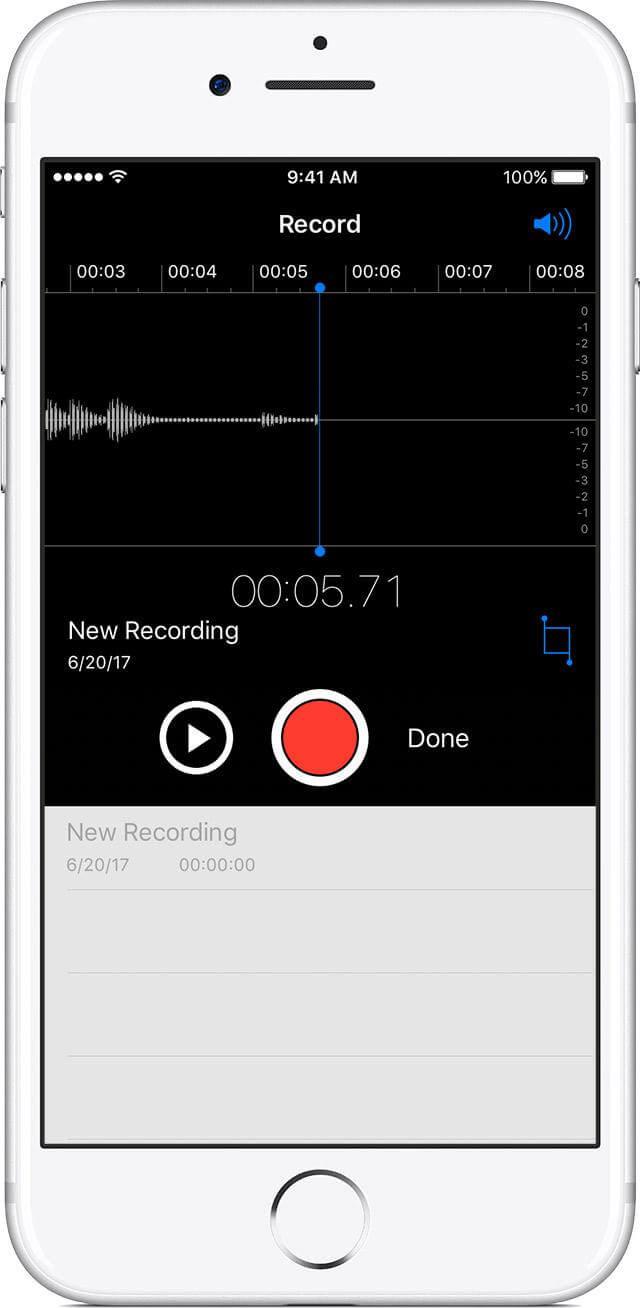Fixing a Vocal Using Auto-Tune, without using autotune to fix the vocal
We'll show you how to change a recorded voice or original voice in an existing video/audio with Wondershare Filmora9. In the end, we also listed 3 best video voice changer app for Android and iOS you to have a reference. If you prefer to edit audio with online tools, you can also find one online voice changer at the end of the article. Auto-Tune Unlimited now available for $24.99 per month with unlimited upgrades. SANTA CRUZ, California, Aug. 18, 2020 /PRNewswire/ - Antares Audio Technologies, inventors of Auto-Tune® and a. Watch and learn! An easy-to-understand resource featuring video tutorials, sample images, and other materials introducing how to configure and use the D6 for taking beautiful pictures.
This article is in my e-book, “Audio Recording Boot Camp”. Get it free here
(Auto-tune is a registered trademark of Antares, but I am using the term here generically to describe all pitch correction software)
Since the beginning of recorded music we have had to deal with the fact that some vocalists do not sing quite as in tune as they or the public might want. Since then producers have been trying to find ways to improve the performance of singers on recordings. In the earliest days the solution was to try and have the singer perform better, or pick easier material, or just let the performance stand as is and let the public decide.
By the late ’80s and early ’90s, when I was first getting serious about recording, digital technology had opened up a few options for actually fixing a vocal performance. A few of the common techniques were to record a flat or sharp word into a sampling keyboard, change the pitch in the sampler, and then “play” the pitch corrected word back into the vocal track. The other common technique was to use a hardware pitch shifter, such as the legendary Eventide H3000, to digitally shift a word more sharp or flat to get it in pitch. While these techniques provided options for fixing recorded vocal tracks, they had two main drawbacks: the first is that they were extremely time consuming. It was necessary to evaluate the pitch word by word, and then make adjustments one word (or even one syllable) at a time. Getting it to sound right often required quite a bit of experimentation. The second problem is that you could only lower or raise the pitch of the entire note or syllable. If a vocal gradually changed pitch, such as starting flat and eventually getting into correct intonation by the end of the word, there were only a few options to alter this, which required very, very detailed audio magic. This all changed in 1997 with the introduction of Auto-Tune by Antares Audio Technologies.Auto-Tune was able to analyze and correct pitch problems in near real time. It also allowed pitch to be gradually adjusted within a single note. This changed everything! (Fun geek fact: the inventor of Auto-Tune, Dr. Harold (Andy) Hildebrand, developed the process based on his research using similar theories to analyze seismic activity: Earthquakes!!) Although Auto-Tune is a trademark of Antares, the term is often used generically to describe all automated pitch correction, such as that done with Melodyne by Celemony (the most popular alternative to AutoTune), or Waves Tune by Waves.
In the early days, “Auto-Tuning” was a stealth activity carried out by producers and engineers in secret late night sessions—something that needed to get done—but producers prayed the artists would never know it happened. Artists would often get furious at the idea that someone had messed with their vocal in a computer. And it would have been somewhat scandalous if the fans found out about it. Since those days, things have completely changed and producers are often met with just the opposite reactions. Nowadays, when asking a vocalist to perform a part again to improve their intonation, the artist often asks the producer to just fix it in the computer (or “just Pro Tool it” as they say). In fact, it has now reached a point where the artifact of poorly applied pitch correction (known as the Cher effect) is considered a cool effect, and extensively used by artists such as T-Pain and Kanye West.
Despite the ubiquity of pitch correction in modern recordings (and even live concerts), there are still many instances where it is not appropriate to “fix” the vocals. This is usually where the producers and the artists want to preserve the integrity of the recording for personal pride, or to be able to honestly tell their fans and the press that their vocals were not fixed. However, as the excessive Auto-Tuning craze seems to be reaching its apex, a reverse trend is growing. Artists and their fans are now starting to desire authentic performances. But the reality is that even after vocal training, some artists still need a helping hand to deliver vocal performances with good intonation. And pitch correction software can help without actually being printed on the final mix!

Everybody sings better in the choir!
There is an old but true adage that everybody sings better in the choir. When singing in a group, especially one with good singers, it is much easier, even for a poor singer, to sing with better intonation. This is something we can use to our advantage when working with a singer that needs a little extra help with intonation, but does not want to have their vocals “fixed”. (It is also worth noting that “fixing” vocals can sometimes remove some of unique character of a vocalist.)
One of the tricks we would do in the old days was to feed a keyboard into the singers headphones as part of the mix and play the melody on the keyboard while they sang. This was effective but there is a new technique that is actually easier for both the producer and the singer. The technique is very simple but very effective. If I am working with a vocalist who is having trouble with pitch/intonation, I will often record a few vocals tracks with them and send them away while I use pitch correction software to make every note of the vocal track in tune. After that, I will get the singer back in the studio, but now I have them sing the new vocal take while listening to one, or several, pitch-corrected vocal tracks in their headphones. This gives them a very similar benefit to singing in a choir by allowing them to adjust their intonation to the voices around them. This is something that most vocalists do naturally without even thinking about it. Now the vocalist is free to concentrate on the emotional energy of the performance and less on the intonation.
If they are still having trouble, I will often double the most difficult notes with another instrument such as guitar or piano (or another voice). One of the great things about this technique, aside from the fact that it can be very effective, is that artists who are staunchly anti-Auto-Tune are usually completely fine with this technique—even when they know exactly what you have done. It’s just a modern variation of the old trick of playing the vocal melody on a piano or synth along with the singer to help them with their pitch. In the end you can wind up with a vocal track that the singer and all involved can feel proud of—and rightly claim as 100% authentic!
Somewhat unrelated, but if you have made it this far I will throw in one more bit of advice: if you are going to be using pitch correction software on the final vocal, do not “Auto-Tune” on autopilot and fix every note. Much of the energy and emotion of a song comes from vocalists singing slightly above or below the pitch at various times. The vocalists on some of the biggest selling albums of all time would have never made it past the “fixing” of some current overzealous producers.
Check out our upcoming courses HERE
Auto Tune Voice Memos


This web app allows you to generate voice audio from text - no login needed, and it's completely free! It uses your browser's built-in voice synthesis technology, and so the voices will differ depending on the browser that you're using. You can download the audio as a file, but note that the downloaded voices may be different to your browser's voices because they are downloaded from an external text-to-speech server.
Want more voices? You can download the generated audio and then use voicechanger.io to add effects to the voice. For example, you can make the voice sound more robotic, or like a giant ogre, or an evil demon. You can even use it to reverse the generated audio, randomly distort the speed of the voice throughout the audio, add a scary ghost effect, or add an 'anonymous hacker' effect to it.
Note: If the list of available text-to-speech voices is small, or all the voices sound the same, then you may need to install text-to-speech voices on your device. Many operating systems (including some versions of Android, for example) only come with one voice by default, and the others need to be downloaded in your device's settings. If you don't know how to install more voices, and you can't find a tutorial online, you can try downloading the audio with the download button instead. As mentioned above, the downloaded audio uses external voices which may be different to your device's local ones.
You're free to use the generated voices for any purpose - no attribution needed. You could use this website as a free voice over generator for narrating your videos in cases where don't want to use your real voice. You can also adjust the pitch of the voice to make it sound younger/older, and you can even adjust the rate/speed of the generated speech, so you can create a fast-talking high-pitched chipmunk voice if you want to.

Auto Tune Voice Memos Online
Note: If you have offline-compatible voices installed on your device (check your system Text-To-Speech settings), then this web app works offline! Find the 'add to homescreen' or 'install' button in your browser to add a shortcut to this app in your home screen. And note that if you don't have an internet connection, or if for some reason the voice audio download isn't working for you, you can also use a recording app that records your devices 'internal' or 'system' sound.
How To Add Autotune To Voice Memos
Got some feedback? You can share it with me here.